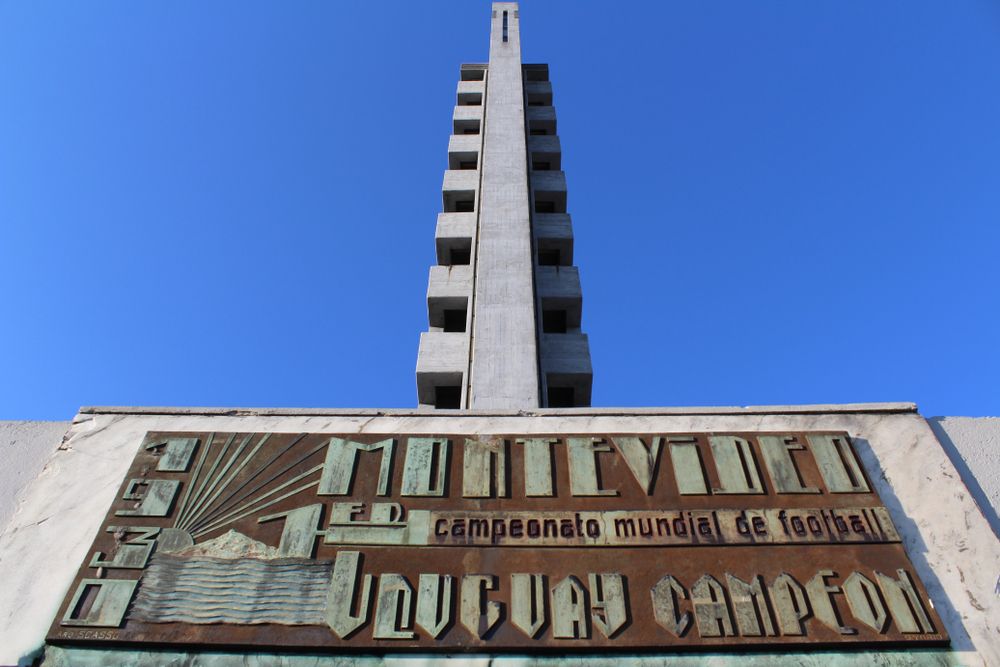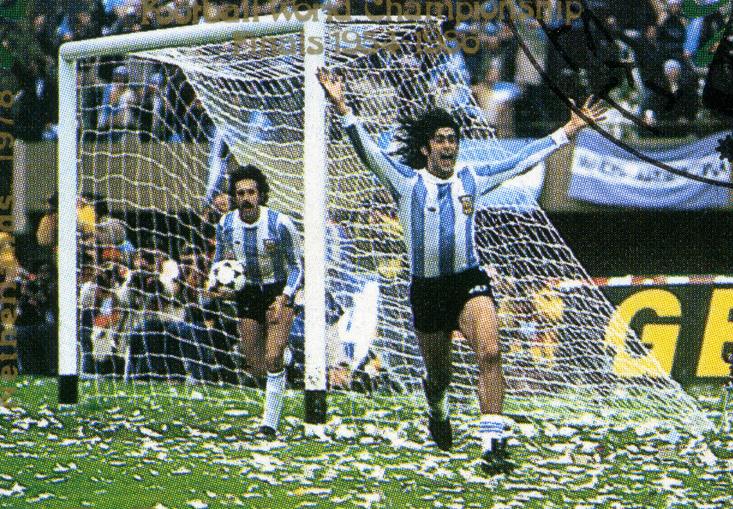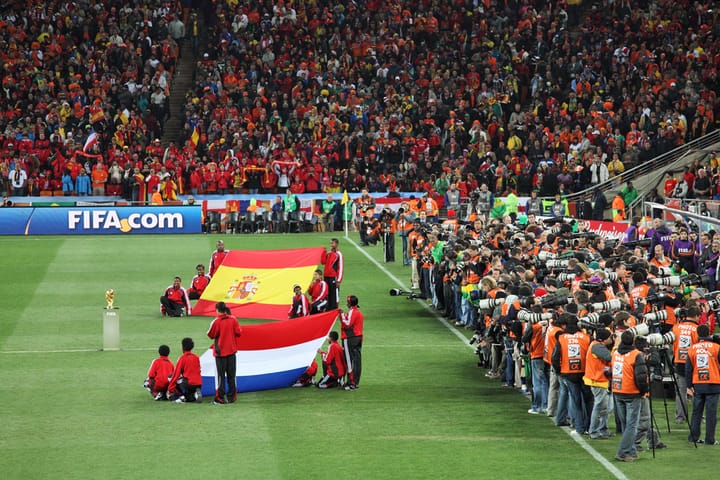How Uruguay won the 1930 World Cup
In the annals of football history, the 1930 FIFA World Cup holds a special place as the tournament that set the stage for the most prestigious event in the sport. This article delves into the story of how Uruguay defied the odds by winning the inaugural World Cup.

The 1930 FIFA World Cup was the inaugural edition of the tournament, organized by FIFA and held in Uruguay from July 13 to July 30. Uruguay was chosen as the host nation to celebrate the country's centenary of independence and due to its successful performance in the 1924 and 1928 Olympic football tournaments, where they won gold.
Thirteen teams participated in the first World Cup, with seven from South America, four from Europe, and two from North America. The European teams were Belgium, France, Romania, and Yugoslavia, while the North American teams were the United States and Mexico. The South American countries included Argentina, Bolivia, Brazil, Chile, Paraguay, Peru, and the hosts, Uruguay.
The format of the competition was different from the current structure, with the teams divided into four groups (three groups of three teams and one group of four teams). Each team played the others in their group once, and the group winners advanced to the semi-finals.
Uruguay was placed in Group 3 along with Peru and Romania. They won both of their group matches convincingly, defeating Peru 1-0 and Romania 4-0 to advance to the semi-finals.
In the semi-finals, Uruguay faced Yugoslavia, which had topped Group 2. The match took place on July 27, 1930, at the Estadio Centenario in Montevideo. Uruguay fell behind early, as Yugoslavia took a 1-0 lead in the 4th minute. However, the home team responded with vigor, scoring five unanswered goals to win the match 6-1 and secure their place in the final.
Apparently, for the 3rd goal for Uruguay, a police officer passed the ball to the Uruguayan striker, even if the ball was out, and the referee accepted it as a goal, being intimidated by the Uruguayan fans.
The final was held on July 30, 1930, at the Estadio Centenario and featured Uruguay against Argentina, their neighbors and rivals. The match was intense, with both sides displaying exceptional skill and passion. In the first half, the match was played with an Argentinean ball, and the second half was played with an Uruguayan ball. It's no surprise then that Argentina took the lead and ended the first half with a 2-1 advantage. However, in the second half, Uruguay staged a thrilling comeback with their heavier ball. They scored three goals, eventually winning the match 4-2 and securing the title of the first-ever FIFA World Cup champions.
Estadio Centenario
The Estadio Centenario, located in Montevideo, Uruguay, was built specifically for the 1930 FIFA World Cup as the primary venue for the tournament. The stadium was designed by architect Juan Antonio Scasso and took its name ("Centenario") in honor of the country's centennial celebration of its independence from Spain in 1830.
Construction of the stadium began in 1929 and was intended to be completed before the World Cup's opening match. However, due to various delays, the stadium was not entirely finished when the tournament started. In fact, the first match at the Estadio Centenario took place on July 18, 1930, five days after the World Cup's official kickoff.
Despite the delays, the Estadio Centenario hosted a total of 10 matches during the 1930 FIFA World Cup, including all four matches from Group 1, one match from Group 4, two semi-finals, and the final between Uruguay and Argentina. The stadium had an initial seating capacity of approximately 90,000 spectators, making it the largest stadium in South America at the time.
The Estadio Centenario's design was innovative for its time, featuring a tower called the "Torre del Homenaje" (Tribute Tower), which housed a museum dedicated to the history of Uruguayan football, a press area, and executive offices. The stadium's elliptical shape, which allowed for optimal viewing angles from every section, was also a pioneering feature.
During the 1930 World Cup, the Estadio Centenario quickly became a symbol of national pride and unity. The passionate support of the home crowd undoubtedly played a role in Uruguay's triumph, as they won both the semi-final and the final in front of their enthusiastic fans.
The Estadio Centenario has since become an iconic football venue and holds a special place in the sport's history. In 1983, FIFA declared the stadium a "Historic Monument of World Football."
The Players
Several players stood out for Uruguay during their successful 1930 FIFA World Cup campaign. Some of the most notable players include:
José Nasazzi
José Nasazzi, the team captain and a central defender, Nasazzi was a crucial figure in Uruguay's defense. His leadership and experience helped guide the team to victory. Nasazzi is considered one of the greatest defenders in football history and was later named one of the best South American Footballers of the Century.
Héctor Scarone
Héctor Scarone: A talented forward, Scarone was one of the key goal-scorers for Uruguay during his playing years. He scored a total of 31 goals in his playing career, including one in the 1930 World Cup. Scarone was known for his technical skills and ability to create scoring opportunities, and he is considered one of Uruguay's greatest-ever players.
José Andrade
José Andrade: A skillful and dynamic midfielder, Andrade played a significant role in Uruguay's World Cup success. His exceptional dribbling skills and ability to control the game's tempo were instrumental in the team's offensive play. Andrade, nicknamed "The Black Marvel," is considered one of the best players of his era and a pioneering figure for black footballers.
Pedro Cea
Pedro Cea: Another key forward for Uruguay, Cea scored a hat-trick against Yugoslavia in the semi-final and added another goal in the final against Argentina. His total of five goals during the tournament made him one of the top scorers. Cea was known for his speed, accuracy, and ability to finish.
Santos Iriarte
Santos Iriarte: Iriarte was a versatile player who could play as a forward or midfielder. He scored a crucial goal in the final against Argentina to help secure Uruguay's victory. His contributions to the team were significant throughout the tournament.
No one following this first World Cup could have imagined the huge success it would become over the course of the next ninety plus years.




